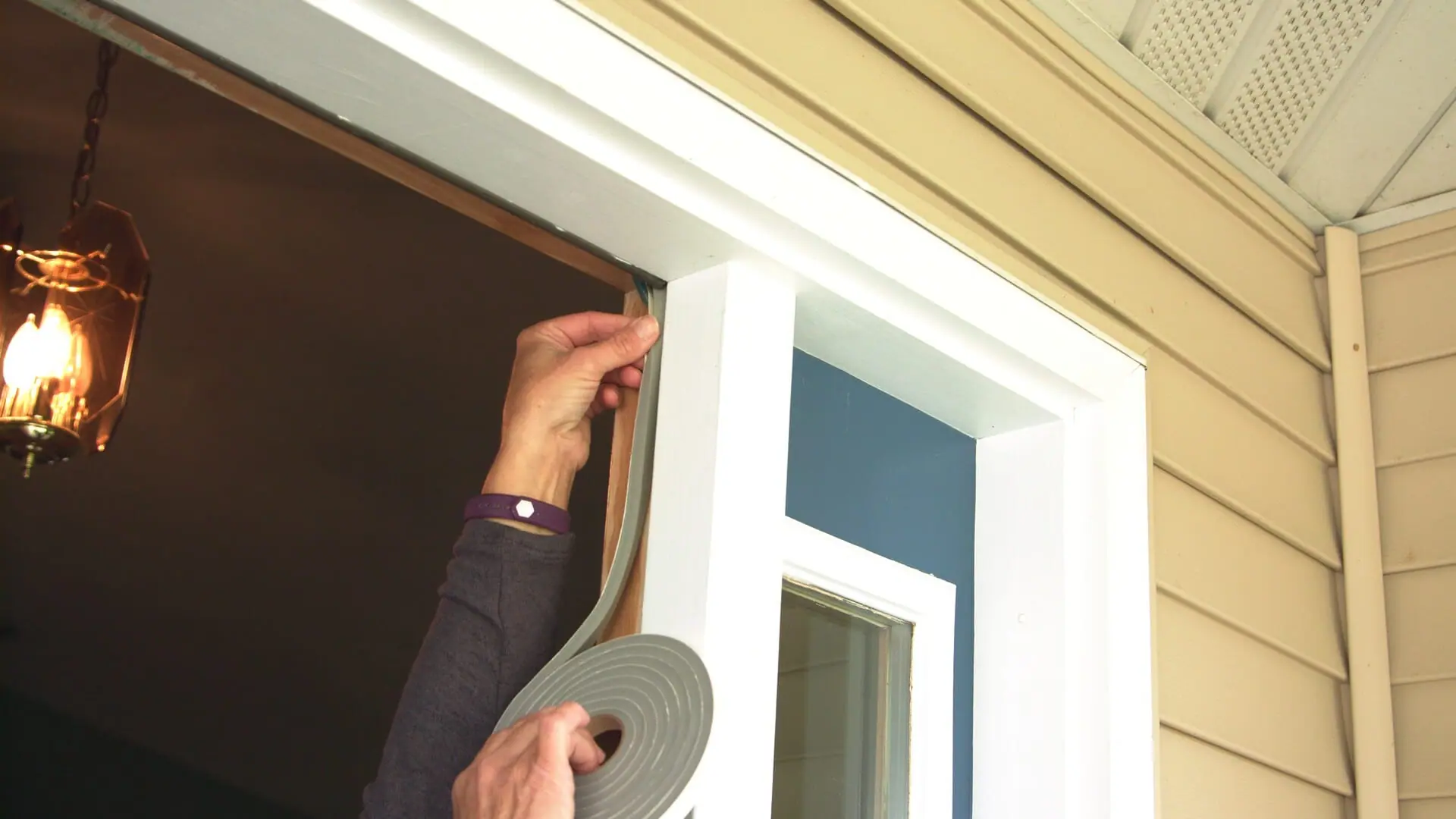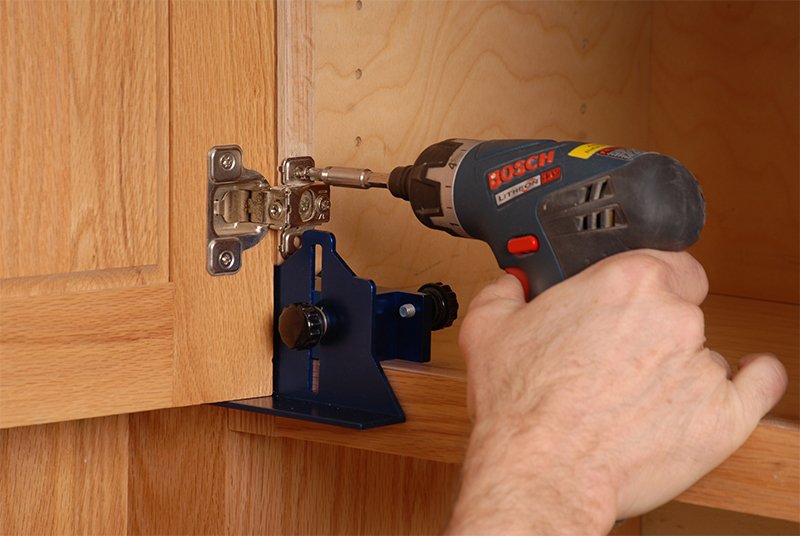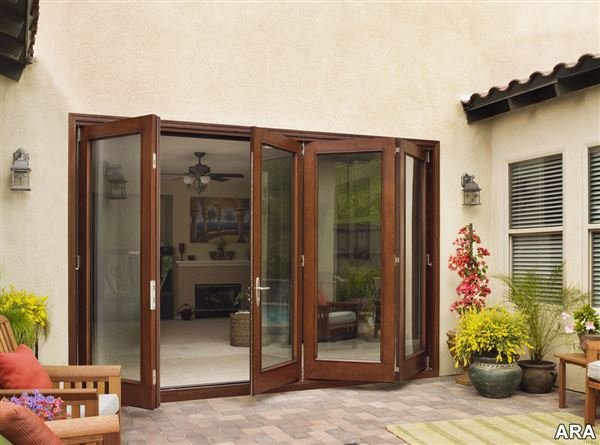Weatherproofing your door is essential to protect your home from harsh weather conditions while saving on energy bills. A properly weatherproofed door keeps cold air out during winter and prevents heat from seeping inside during summer. It also helps reduce drafts and water leaks. In this guide, we’ll give you practical tips to make weatherproofing your door a simple and effective project.
Seal Gaps with Weatherstripping
The first step in weatherproofing your door is to seal the gaps around it. Weatherstripping is an affordable and effective solution for blocking drafts and stopping air leakage. Choose from materials like foam, rubber, or vinyl to fit your door frame. Apply the weatherstripping along the sides and top of the frame, ensuring a snug fit when the door is closed. This simple step can make a big difference in improving insulation.

Install a Door Sweep
Adding a door sweep is another excellent way to weatherproof your door. A door sweep is attached to the bottom of the door to block drafts, dirt, and even pests. There are different types, including adhesive and screw-on sweeps. Choose one that fits your door and install it carefully. Make sure it brushes the floor lightly without hindering the door’s movement.
Use Caulking Around the Frame
Caulking is perfect for sealing small gaps and cracks around the door frame. Over time, these gaps can let in cold air or rainwater. Use a high-quality, weather-resistant caulk to fill these spaces. Apply it along the edges of the frame, smoothing it with a finger or a caulking tool. This step is not only practical but also improves the appearance of your door frame.
Upgrade to an Energy-Efficient Door
If your current door is old or poorly insulated, upgrading to an energy-efficient model is a great investment. Modern doors come with built-in insulation and weatherproofing features that significantly improve your home’s energy efficiency. Look for doors with an ENERGY STAR rating to ensure you’re getting a product designed to handle extreme weather conditions.
Add a Storm Door
A storm door provides an extra layer of protection against the elements. It acts as a barrier, shielding your main door from rain, snow, and wind. Additionally, storm doors help improve insulation, making your home more energy-efficient. Choose a storm door with built-in weatherstripping for added protection.
Check and Replace Door Hinges
Loose or worn-out hinges can create gaps that let in drafts. Regularly check your door hinges to ensure they are secure and properly aligned. If the hinges are damaged, replace them with heavy-duty ones. Adjusting the hinges can also help your door close tightly, reducing energy loss and improving weatherproofing.
Install a Threshold Plate
A threshold plate seals the gap between the bottom of the door and the floor, preventing drafts and moisture from entering. Choose a threshold plate made of durable materials like aluminum or wood, and install it securely. Some threshold plates also include built-in weatherstripping for extra insulation.
Paint or Stain Your Door
Painting or staining your door is not just about aesthetics—it’s also an effective way to weatherproof your door. A good-quality exterior paint or stain protects the door material from moisture, preventing swelling, warping, or cracking. Regularly inspect your door for signs of peeling paint or exposed wood and reapply as needed.
Install Insulated Door Panels
For doors with glass panels, insulation is crucial. Replace single-pane glass with double-pane or low-emissivity (low-E) glass for better energy efficiency. These types of glass reduce heat transfer and help maintain a comfortable indoor temperature.
Perform Regular Maintenance
Weatherproofing your door isn’t a one-time job. Regular maintenance ensures that your efforts remain effective. Inspect your door and weatherproofing materials every season. Replace worn-out weatherstripping, reapply caulk, and check for signs of wear and tear. Keeping up with maintenance helps your door stay weatherproof for years.
Conclusion
Weatherproofing your door is a simple yet impactful way to improve your home’s comfort and energy efficiency. By sealing gaps, adding a door sweep, upgrading to energy-efficient doors, or installing a storm door, you can keep the elements outside where they belong. Regular maintenance ensures your weatherproofing efforts continue to work effectively. With these tips, you can enjoy a draft-free and weatherproof home year-round.











